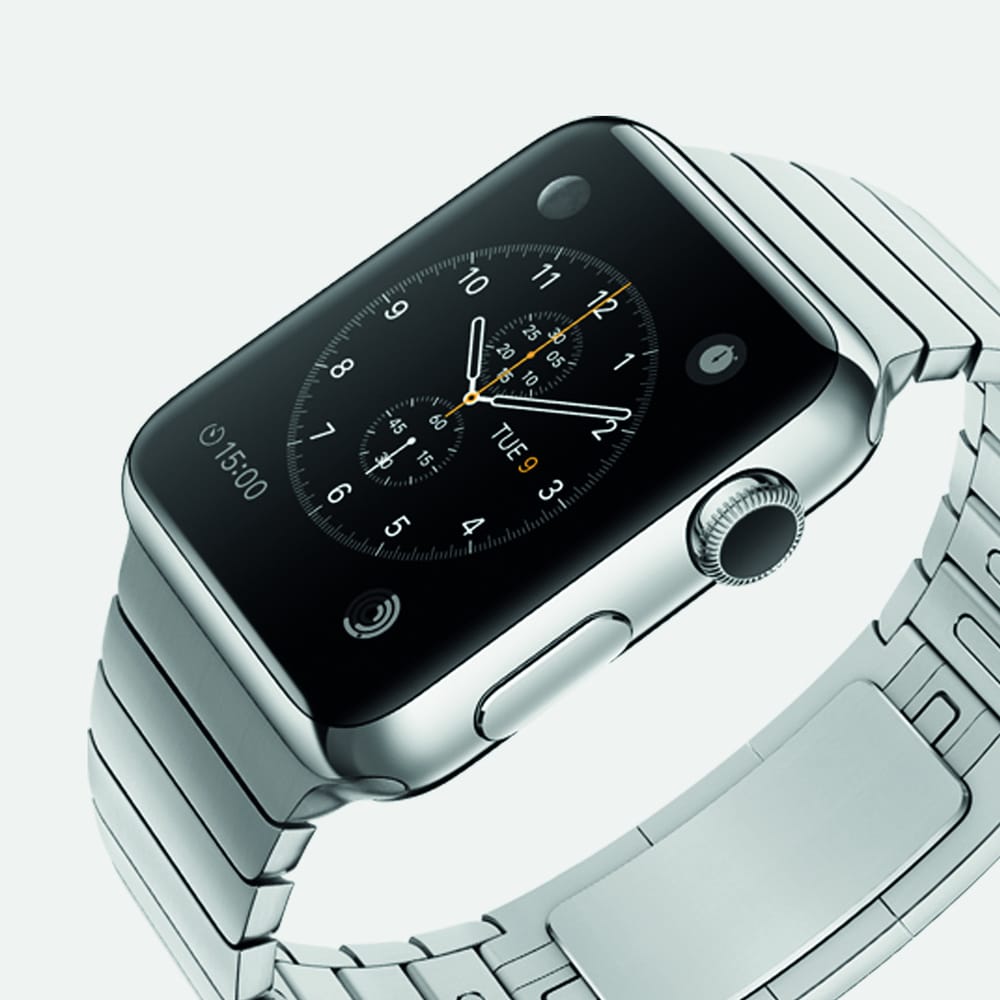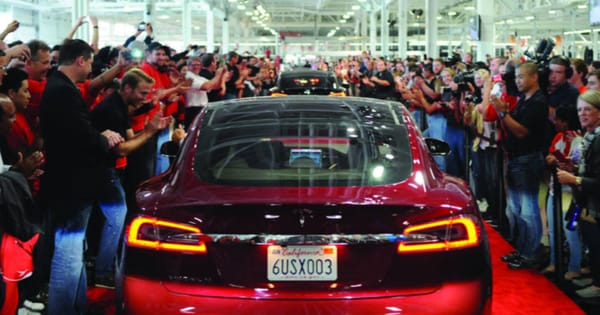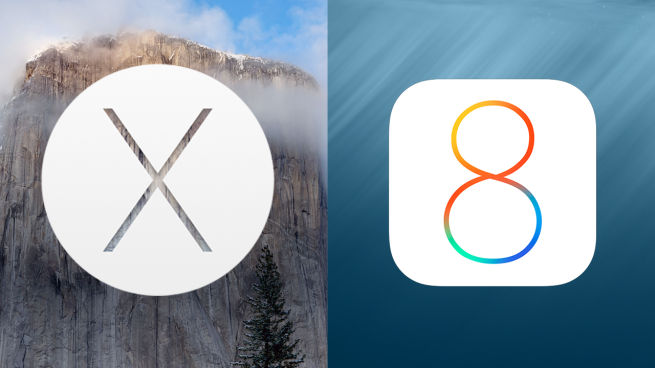Wearable technology – watch this space
Literally, a watch may appear in this space any moment now

Tech-companies want to expand their product portfolio outside of smartphones, and with iPad and tablet sales falling quarter after quarter and all the variety in screen sizes pretty much exhausted, where do they go from here?
For some, the answer to that question seems to be wearable technology. The market is still in its infancy, but sales have tripled in the last year and are predicted to rise to 250 million devices sold in 2018. Apple Watch is certainly next year’s device to have but with a market as big as this it’s anyone’s game.
Companies like Samsung and Pebble have been rushing to lead the pack; even Google entered the game just 3 months ago, but with the Apple Watch imminent for the start of 2015 and Microsoft rumoured to release its own wearable this holiday season, things are certainly heating up.
Just 3 million smart-bands and smartwatches have sold all over the world up until now – while companies are still struggling to hit the right combination of usability, ‘comfortability’, longevity and most importantly design. With our lives already surrounded by and so dependent on our devices, the most difficult hurdle manufacturers are facing is actually convincing consumers that we need another one.
One company who seem to have found the recipe for success is Pebble. Before any of the big boys were even thinking about making a smartwatch, Pebble was already breaking crowdfunding records with its own extremely simplified smartwatch.
It managed to raise 10 million dollars and take 85,000 orders on Kickstarter with just a low resolution black and white LCD display, a simple plastic design and a price tag of £79. The company has reported that more than 400,000 units have been moved since January 2013, which is impressive considering how young the company is.
The Pebble was successful but not revolutionary, its sensible features and low price tag appealing mostly to the tech-savvy niche market without it ever really going mainstream.
Shortly after, Samsung came along with the Galaxy Gear, a smartwatch which tried to do too much without really getting any of it right. Samsung’s first smartwatch cost a ridiculous £299 and it left behind a lot of displeased tech-reviewers. But since then the company has managed to release a total of 6 smartwatches in just 2 years. Sales numbers are not very clear but Samsung seems to be heading up the wearables market with more than 800,000 total units sold, a minuscule number when put in perspective with Samsung’s other device sales. The Korean company’s latest effort, the Galaxy Gear S, is able to act as a standalone device working independently of a phone. However, it does not support Android Wear making it only compatible with Samsung phones.
Similarly, Sony has released several wearables but none of them have managed to cause a real stir in the market, mostly because they offered only Sony handset support.
Android Wear seems to be the only solution to these compatibility issues. One of its most interesting features is its support of round displays giving manufacturers the opportunity to produce some gorgeous and inconspicuous wristwear. LG has the sleek G Watch R on the pipeline, while Motorola’s Moto 360 has been on sale for over a month, even selling out at one point. It is the first device to have a round display, and it has almost no bezels making for an incredibly attractive design.
Wearable devices are not going to be hidden away in consumers’ pockets, they are going to be strapped on our wrists, worn on our faces, hung around our necks, increasingly interconnecting with our lives and more importantly representing who we are. If manufacturers want the smartwatch to be the next big thing they need to be thinking much less like the tech industry and a little more like the fashion industry.







